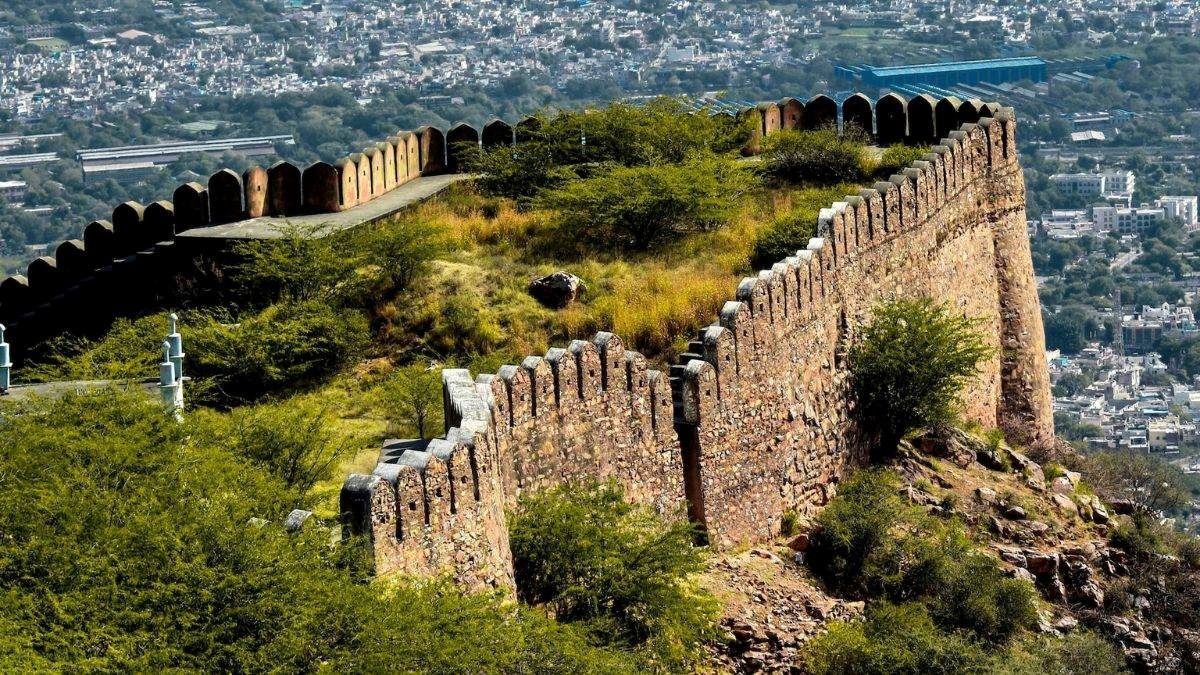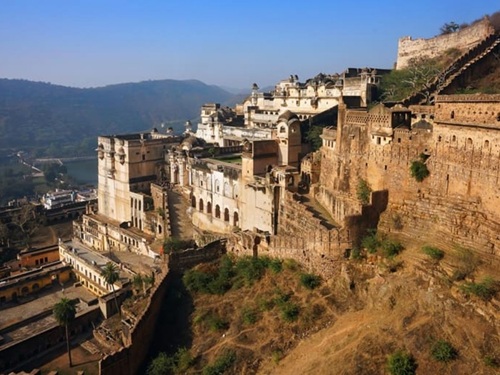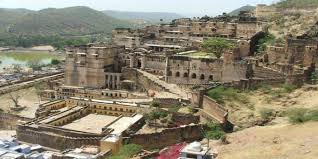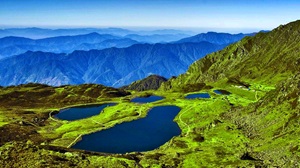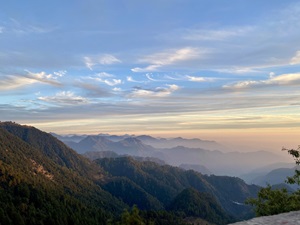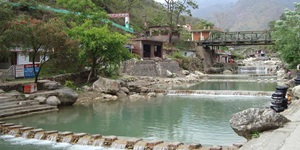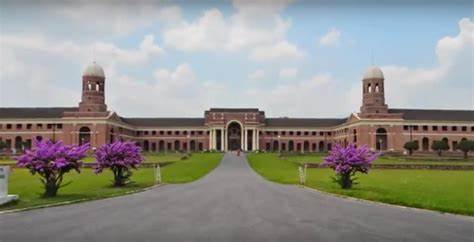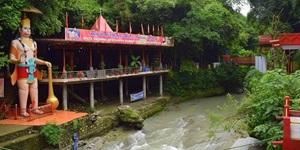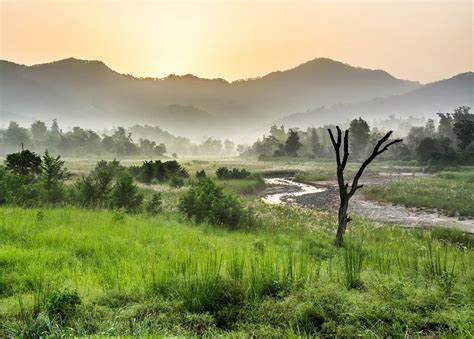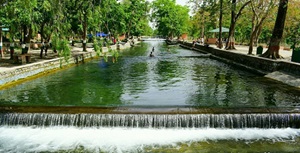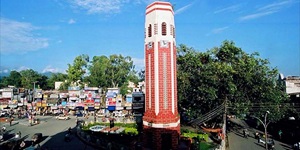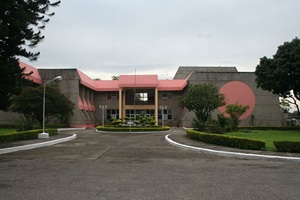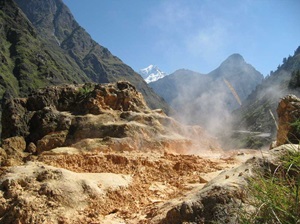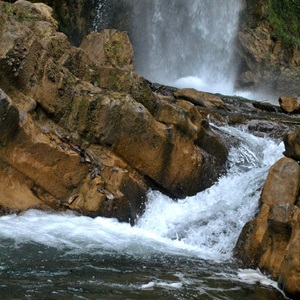Forest Research Institute – A Heritage Landmark in Dehradun
Forest Research Institute, located in the heart of Dehradun, is a prestigious institution known for its colonial-era architecture, lush green surroundings, and significant contribution to forestry research. The institute is not only a hub for scientific research but also a popular tourist attraction, offering visitors a chance to explore nature while learning about forest conservation and biodiversity.
This architectural marvel is a testament to India’s forestry heritage and serves as a major center for ecological research, making it an ideal destination for history enthusiasts, nature lovers, and students of science.
Historical Significance
The Forest Research Institute was established in 1906 and stands as a symbol of India's commitment to forest research and conservation. Its British colonial architecture, along with its vast collection of botanical resources, has made it a historical landmark in Dehradun.
Over the years, the institute has played a key role in shaping India’s forestry policies and research, making it an important part of the country's scientific heritage.
Highlights
Forest Research Institute offers visitors the opportunity to explore its sprawling campus, which is surrounded by beautiful forests, including tropical and temperate species. The institute is renowned for its unique architecture, featuring Greco-Roman columns and grand domes that enhance its historical charm.
The museum located inside the institute houses extensive exhibits on forestry, wildlife, and the various plant species found in the region.
Key Attractions
- Architectural Beauty – Marvel at the colonial-era structure, complete with impressive columns and domes.
- Botanical Museum – Explore a comprehensive collection of flora, detailing forest species and ecological studies.
- Research Facilities – Learn about the cutting-edge research conducted to preserve and manage forest ecosystems.
- Nature Trails – Enjoy peaceful walks around the institute's gardens, showcasing diverse plant life.
Activities
- Photography – Capture the beautiful colonial architecture and lush green surroundings.
- Nature Walks – Explore the various trails on the institute grounds, perfect for nature walks.
- Botanical Exploration – Discover diverse plant species in the museum and gardens.
- Educational Visits – Ideal for students and researchers interested in forestry and environmental studies.
How to Reach
- By Road: The Forest Research Institute is well-connected by road and is easily accessible from Dehradun city center.
- By Train: Dehradun Railway Station is the nearest railhead, located about 5 km from the institute. Taxis and auto-rickshaws are available for transportation.
- By Air: Jolly Grant Airport is the nearest airport, approximately 25 km from the institute. From there, taxis are available to reach the destination.
Best Time to Visit
- Season: The best time to visit is during the winter months, from October to March, when the weather is cool and comfortable for outdoor exploration.
- Time of Day: Early mornings or late afternoons offer the most pleasant experience, with fewer crowds and the chance to enjoy the surroundings at their best.
Nearby Attractions
- Tapkeshwar Temple – A sacred temple dedicated to Lord Shiva, surrounded by picturesque natural beauty.
- Robber's Cave (Guchhupani) – A mysterious natural cave with a stream flowing through it, perfect for a day trip.
- Rajaji National Park – A beautiful national park offering wildlife safaris, trekking, and nature walks.
- Mussoorie – A charming hill station located just 35 km from Dehradun, known for its scenic views and colonial-era architecture.
Tips for Visitors
- Wear Comfortable Shoes: The institute grounds are extensive, so comfortable walking shoes are recommended.
- Bring a Camera: The architectural beauty and lush landscapes make for great photography opportunities.
- Plan for a Guided Tour: Opt for a guided tour to learn about the history and significance of the institute's research and architecture.
- Respect the Environment: Keep the area clean and avoid disturbing the natural surroundings while exploring.
